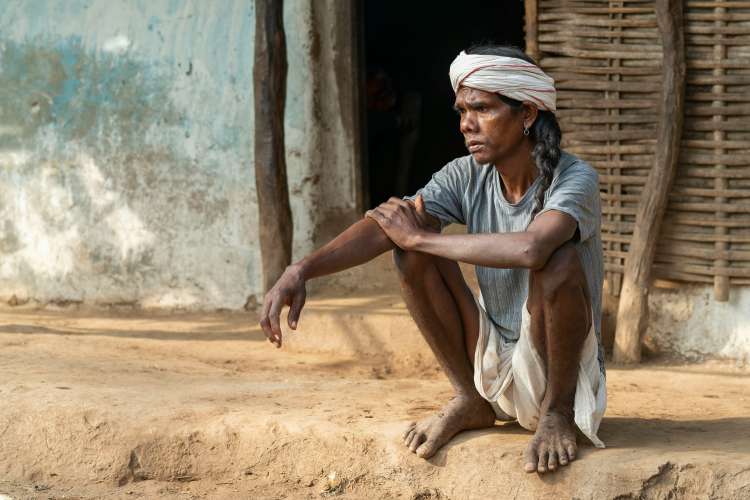India’s journey towards universal financial inclusion has been remarkable by any standard. From a country with deep financial exclusion just over a few decades ago, it now boasts near-universal access to banking, driven by targeted state intervention and digital innovation. According to the Reserve Bank of India’s latest bulletin, over 514 districts had achieved 100% digital enablement by March 2025. The Pradhan Mantri Jan Dhan Yojana, launched in 2014, has been pivotal—opening more than 55 crore bank accounts by June 2025.
The JAM trinity—Jan Dhan, Aadhaar, and mobile—has amplified the benefits. It has enabled direct benefit transfers (DBT), eliminated middlemen, and plugged leakages in welfare schemes. Over 95% of households now have access to a bank account, and digital payment systems are ubiquitous in urban centres and increasingly visible in rural India.
READ | Steel industry faces global headwinds, local slowdown
UPI—A technological bridge
The Unified Payments Interface has been central to India’s leap in financial inclusion. From vegetable vendors in Bihar to kirana stores in Tamil Nadu, digital payments are now part of everyday life. In May 2025 alone, UPI recorded over 14 billion transactions—an all-time high. This has brought millions of low-income users into the formal financial fold, increasing their economic agency.
More than just a payments solution, UPI has made possible frictionless and real-time transactions between the government and citizens, banks and consumers, and even peer-to-peer microfinance. During the pandemic and in subsequent natural disasters, this infrastructure proved invaluable in delivering emergency support.
Deepening financial inclusion
Access, however, is only the first step. The next frontier is quality and sustainability. As the RBI rightly points out, inclusion must now move beyond account-opening towards meaningful usage. For millions of first-time users, especially women, scheduled castes and tribes, persons with disabilities, and workers in the informal economy, financial products must be tailored to irregular incomes, low collateral, and vulnerability to shocks.
Insurance is one such area. Marginalised communities face frequent financial shocks—from crop failures and health emergencies to natural disasters. Affordable insurance schemes—like the Pradhan Mantri Fasal Bima Yojana and Ayushman Bharat—offer some protection, but uptake remains uneven. New models such as climate-resilient microinsurance need greater policy attention.
Similarly, microcredit and small-ticket loans have gained traction through self-help groups (SHGs), microfinance institutions, and cooperative banks. But rising defaults in some regions and concerns over aggressive lending practices underscore the need for regulatory balance.
Addressing the gaps
Despite progress, challenges persist. Connectivity in remote tribal belts remains patchy, and digital literacy is uneven. The Digital India programme must prioritise last-mile infrastructure to support digital banking. As of June 2025, several northeastern districts and parts of Jharkhand and Chhattisgarh still fall short of the digital access baseline.
Equally important is financial literacy. A significant share of new account holders remains passive users. RBI’s financial literacy campaigns, often run in partnership with banks and NGOs, need to scale up and evolve to include interactive content in vernacular languages. These should not only focus on awareness but also on building confidence in using digital tools.
A global model with work left to do
India’s financial inclusion strategy has drawn global interest. Delegations from countries in Africa, Southeast Asia, and Latin America have studied PMJDY and UPI as templates for their own programmes. This growing international attention could be leveraged to secure funding for specialised products—such as green bonds linked to inclusion or insurance against climate risk for smallholder farmers.
Linking India’s inclusion journey to at least seven of the United Nations’ Sustainable Development Goals—ranging from poverty eradication to gender equality—has created a framework for multi-stakeholder cooperation, including private players, fintech innovators, and multilateral institutions.
But a note of caution is warranted. Inclusion must not become synonymous with over-digitisation or token access. A zero-balance bank account is not financial security. It is merely the start. The real test lies in building trust, habit, and financial resilience among the last-mile users.

